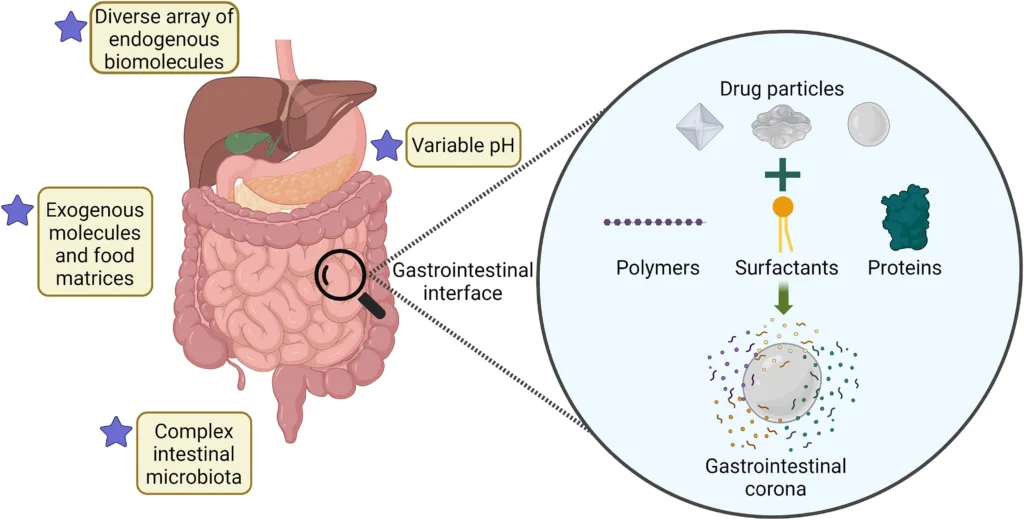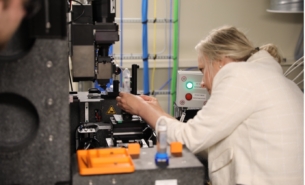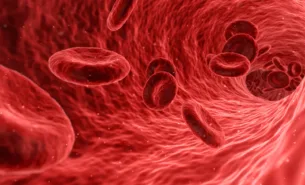The environment in your gastrointestinal tract affects the properties and effectiveness of medicines. Researchers have used MAX IV to investigate a technique for studying these changes. They found that the structural properties of the anti-inflammatory drug Indomethacin changed in the presence of common biomolecules.
The fluid in your gastrointestinal tract is a complex soup of biomolecules. When you take a pharmaceutical drug, the biomolecules may stick to its surface and alter how it’s dissolved and taken up by the body at a certain pH. Such effects need to be understood and taken into account when producing pharmaceuticals. But it’s not always easy to investigate. In the present paper, the authors tested the accessible technique of Low-Frequency Raman spectroscopy, in which inelastic scattered light is used to analyse the sample. They then controlled the accuracy using X-ray methods.

“Being a physical chemist, it is particularly exciting to explore different analytical avenues that may each hold a piece of information about such intricate systems, where understanding the structure and impact of these bio-interfaces is critical but difficult to study,” says Dr Karlis Berzins, one of the authors of the study.
The study inspired further investigations.
“The results inspired us to test the capabilities of an operando [Editors note: while the reaction is ongoing] setup using both techniques at once, which was successfully done earlier this year at MAX IV,” says Dr Karlis Berzins.




